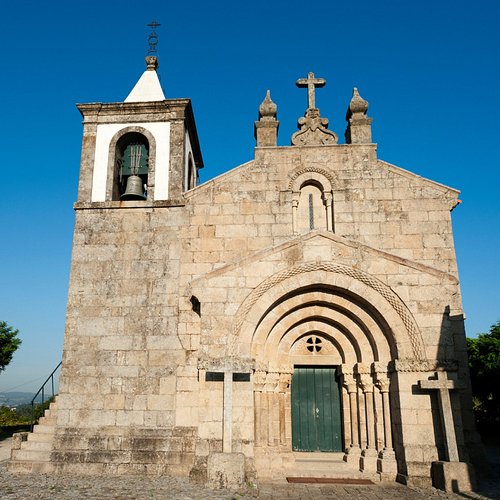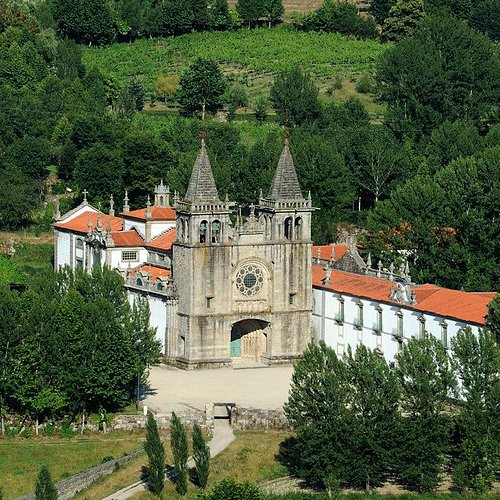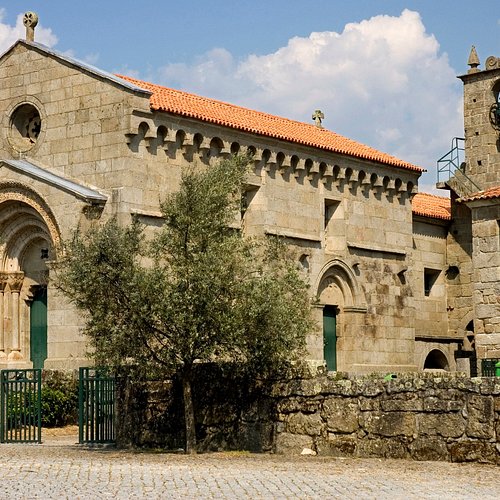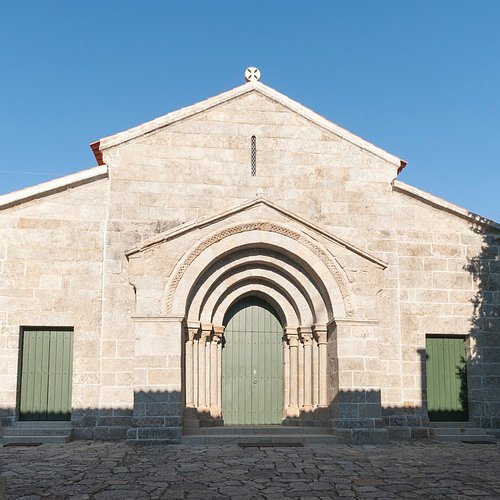Top 8 Things to do in Felgueiras, Northern Portugal
Felgueiras (Portuguese pronunciation: [fɛɫˈɡɐjɾɐʃ]) is a municipality in Porto District, Portugal. The current mayor is Inácio Ribeiro. There are two cities located in the municipality: Felgueiras (city status received on 13 July 1990) and Lixa. The population in 2011 was 58,065, in an area of 115.74 km².
Restaurants in Felgueiras
1. Quinta Da Lixa
Overall Ratings
5.0 based on 33 reviews
Looking at the Quinta da Lixa is to understand the outcome of a passion that the Meireles family has always nurtured. The Quinta da Lixa is a living testament to the passion that the Meireles family has always had for Vinho Verde.
2. Church of the Savior of Unhao
Overall Ratings
5.0 based on 1 reviews
The original building of the Church of Unhão dates back to the 12th century and its design has the hand of Master Sisaldo. Consecrated in 1165 by the archbishop of Braga, D. João Peculiar, it would only be completed in the 13th century and it underwent major transformations in the 18th century. It is an invaluable legacy of Portuguese Romanesque architecture. The main portal has a series of capitals with vegetal motifs, which are considered some of the best Romanesque specimens in Northern Portugal. This Church is part of the Route of the Romanesque.
3. Santuario de Santa Quiteria
4. Monastery of Saint Mary of Pombeiro
Overall Ratings
4.5 based on 44 reviews
Saint Mary of Pombeiro was one of the most important Benedictine monasteries in the Entre-Douro-e-Minho region. Founded by D. Gomes Echiegues and his wife Gontroda in 1102, its origins lie in an ancient monastic community. Despite the extensive work it was submitted to in the 17th and 18th centuries, the original plan, the apse chapels and the main portal of this medieval building were preserved. The main portal's capitals are a remarkable example of Portuguese Romanesque sculpture. This Monastery is part of the Route of the Romanesque.
5. Church of Saint Vincent of Sousa
Overall Ratings
4.0 based on 5 reviews
The Church of Sousa was part of a convent whose construction was completed in the 13th century, as proven by the inscription next to the north portal which dates its solemn consecration in 1214. The main portal has three pairs of columns and four archivolts carved in depth; they have bulb-shaped bases and one of the pairs of columns is octagonal. This Church is part of the Route of the Romanesque.
6. Laces & Pearls
7. Igreja de Santa Maria de Airaes
The Church of Airães is a significant example of the enduring permanence of the Romanesque style in the Tâmega and Sousa region. It dates back to the late 13th century, although it has been documented since 1091. Although it currently has three naves, only the chancel and the central section of the west façade remain of the original Romanesque building, which had a single nave.







